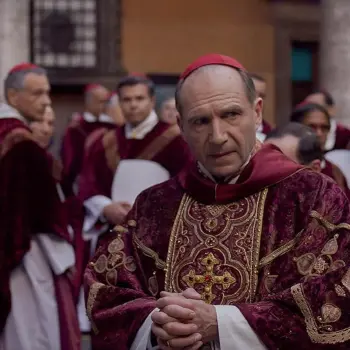On page 169, in discussing the twelve labors of Herakles, and the fact that these labors do not remotely equate with all of the signs of the classical zodiac, Cerow suggests that this myth cycle of Herakles may relate to "a zodiac long forgotten." While that notion may very well have some merit, the notion itself ends up discounting the very ideas that this book is putting forth: one is ill-advised to interpret any myth with dimensions and meta-realities that are "long forgotten" with modalities and schemas that are entirely based on much later, unrelated schemas like the classical zodiac, its specific constellations (as well as others surrounding it), and the miscellany of myths that are cherry-picked from a wide variety of different cultures, and then to argue that all of this points to there being a cultural "unity" amongst all of humanity. When this interpretation also includes likening a Mayan story of four hundred boys to the Greek traditions of the Seven Sisters known as the Pleiades, and then suggesting that both are ultimately "the same" (as he argues on pages 138-143), there is a very large problem in interpretation going on that no amount of hand-waving can resolve.
Indeed, this is what I find to be the plainly stated motive of this book, and the one with which I cannot reasonably agree. On page 80, Cerow states "If your doorway of understanding lies through phonetics, the names are different; they sound different. If your doorway of understanding is symbolic, then the images look the same. It's that easy. Are you looking or listening?" This sentiment is also echoed elsewhere. And yet, the symbols are not the same across cultures, even if they might seem the same (looks can be deceptive!) and the fact that dragons or serpents exist in many cultures does not mean that they are automatically "the same." Furthermore, it seems that Cerow isn't even listening at all (even though he seems to be privileging looking over listening), considering that several of his arguments are based upon words in different cultures sounding the same but then taking their meanings similarly as a result. Astrological and draconian/serpentine monism seems to be a model that begs more questions than it actually and usefully answers.
Cerow's interpretations are creative, and are based in a rather myopic understanding of what it is to "see" and to understand history and myth through the lenses of astrological interpretations of astronomical phenomena. I wish I could recommend this book, even with reservation, but I think people's time would be better spent reading the actual myths and interpreting them for themselves, looking at the stars and enjoying their wonder and majesty, and sitting down with trained astrologers to see what the relevance of the stars and planets are now as opposed to two- to eight-thousand years ago.





